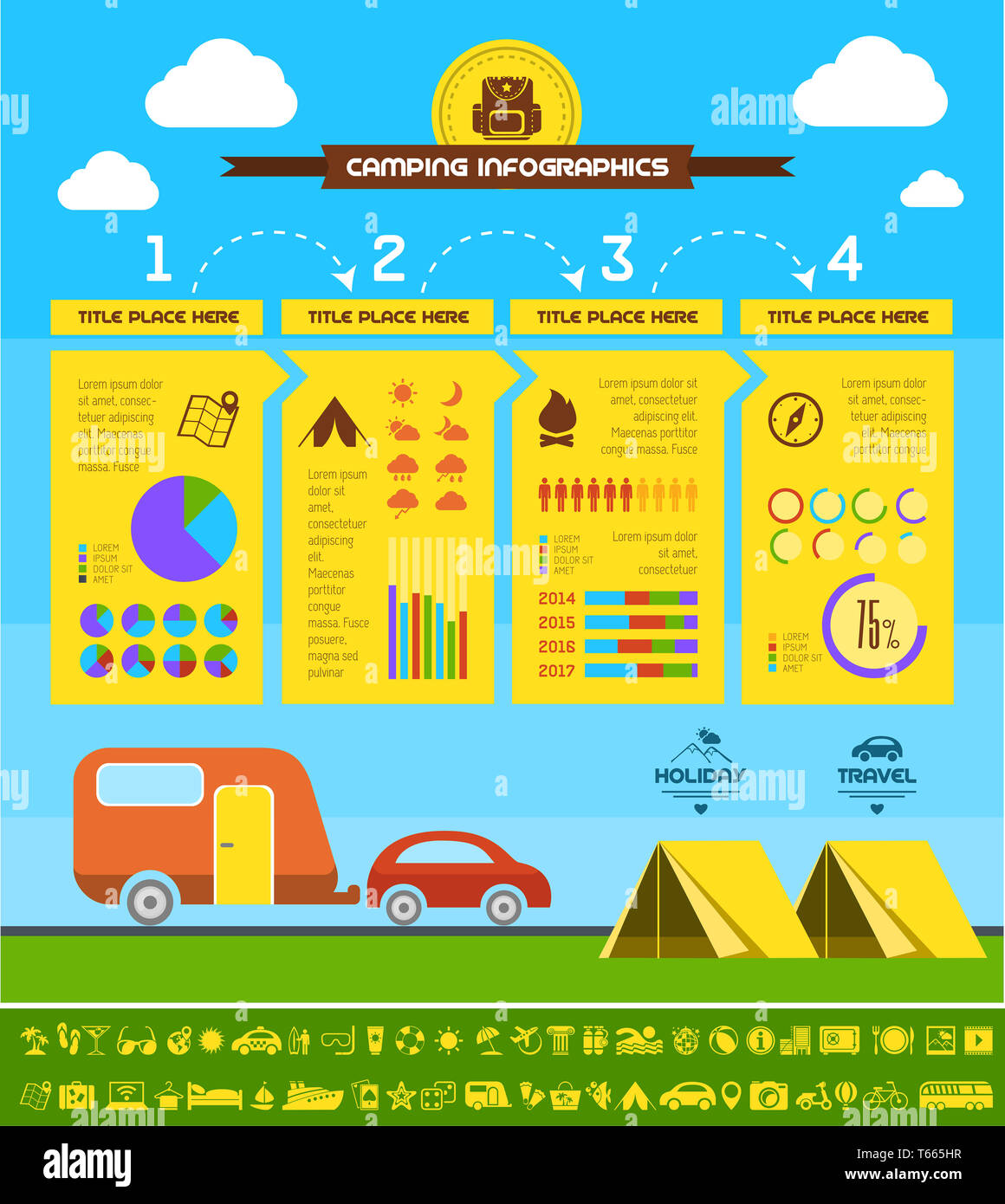Different Ways To Sell Camping Tents And Have Your Profitable Empire
Different Ways To Sell Camping Tents And Have Your Profitable Empire
Blog Article
How Important Are Tent Footprints/Ground Cover?
Outdoor tents impacts are a wonderful means to shield your outdoor tents flooring from abrasions and prolong its functional life. Almost all equipment suppliers use their very own brand-specific footprints that are designed to match their specific outdoor tents versions.
What should I look for when buying a tent?
This customized approach uses convenience of configuration and decreases the risk of rain seeping in through the seams.
What are they?
Outdoor tents footprints (likewise known as camping tent ground sheets or under outdoor tents pads) provide a layer of security in between the base of your tent and the exterior environment. They safeguard your outdoor tents from sharp objects, wetness, and unpleasant surfaces.
A lot of outdoor tents manufacturers use their very own branded footprints created to fit seamlessly with their assigned sanctuary versions. However, these are normally pricey and relatively heavy contrasted to do it yourself options like Polycryo or Tyvek.
Footprints are normally made from durable, waterproof products such as polyurethane, nylon or silnylon. For ultralight backpackers looking for to decrease pack weight, there are also lightweight, high-strength options made from Cuben Fiber (Dyneema). It is very important to pick an impact that's slightly smaller than your camping tent to stop rain from dripping down the sides of your shelter and funneling beneath you while you rest-- no person intends to wake up in a puddle! A footprint is a beneficial enhancement to any kind of outdoor camping journey. It helps guarantee a long life expectancy for your outdoor tents while adding comfort and peace of mind.
Exactly how essential are they?
Camping tent impacts shield the base of your outdoor tents from abrasion and dampness, helping to extend its lifespan. They're typically made from water resistant and dirt-resistant products like polyethylene or a light-weight oxford polyester, though the denier of the textile will certainly differ (the greater the denier number, the thicker and burlier).
The majority of impacts are made to specifically match the form of your outdoor tents's flooring, which aids minimize material waste. Many have grommets or loops through which you can weave guylines for tension and stakes, ensuring that the footprint is securely held down.
If you camp in harsh surface or locations where there's a great deal of downed branches and sharp rocks, an outdoor tents impact is well worth the included weight and mass. However if you often camp in dry, sandy or rocky conditions, a footprint might be excessive. A tarpaulin is a far better alternative because instance.
Do you normally load one?
If you're camping on an extremely flat surface where rocks and sticks aren't an issue, a tent impact possibly isn't required. If you remain in the backcountry with a great deal of harsh surface, an impact can make life a lot easier.
Impacts are typically sized slightly smaller sized than the base of the outdoor tents. That's since a bigger footprint would certainly catch rain and channel it under the outdoor tents, where you could get up in a pool.
Nonetheless, footprints can be costly and hefty if you acquire one from the manufacturer of your camping tent (the Big Agnes Tiger Wall surface UL 2 impact, as an example, sets you back $70 and weighs six ounces). You can save cash and weight by making your very own DIY footprint by cutting an item of Tyvek or various other waterproof material to the specific dimensions of your shelter. You can also include grommets for easy attachment. The main benefit of an impact is that it assists to shield the flooring of your backpacking tent from rough aspects such as rocks and branches.
Just how do you keep them clean up?
A maker's footprint can add significant weight to your shelter system and if you're an ultralight backpacker trying to conserve every ounce, it may not deserve it. Consequently, many backpackers will use a DIY groundsheet that's constructed out of something like Tyvek or Polycryo and suffice to dimension for their tent footprint.
This choice is reasonably low-cost and will certainly protect your tent from moisture, rocks, thorns, sticks, etc, while also helping to maintain all-time low of your outdoor tents dry.
If you do decide to buy a footprint, make sure it's created especially for your details outdoor tents as this will certainly help in reducing water merging around the edges of your shelter. For example, if your camping tent footprint is too large and extends past the edge of your rainfly, it will collect rainfall which can seep right into lighter-weight tents and possibly wear down the flooring. Make certain fancy camping tents it fits your camping tent relatively snugly to prevent this.
Why does my tent get wet inside?
